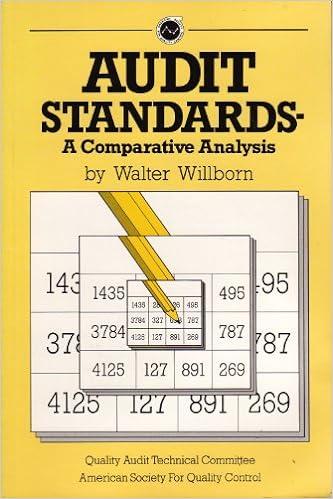
The foundations in this module are critical for creating fitting procedures when you are confronted by new probability models or have to develop a probability model catered to the scientific problem at hand. Here are two such situations, five points each: a) Fitting a hypergeometric distribution: Review Section 2.1.4 about the hypergeometric distribution. A classic setting for the hypergeometric distribution is capture-recapture in ecology for determining the size of an animal population. For example, suppose 100 animals are captured and tagged. At some point in the future, another 50 animals in the same area are captured and 20 of them are found to be tagged. Find the MLE for the sample size for the hypergeometric distribution in the capture-recapture problem. See Example 1 of Section 1.4.2 for a similar hypergeometric set up of this problem. Your answer will be a number of the sample size. As part of that solution, you must provide the mathematical details and, if needed, any numerical manipulations required to obtain the MLE. b) Comparing two proportions: An area contains 8,000 condominium units. A random sample of 100 occupants finds that P1 = 12% plan to sell their condos within the next year. In a second area with 12,000 condominium units, 200 occupants are randomly sampled of which P2 = 18% plan to see their condos within the next year. We wish to obtain a confidence interval on the difference in the proportions of occupants planning to sell between the two areas, P1 -0, Derive the standard error for this difference of proportions, namely an estimator for the square root of VAR(), and use it to construct a 95% confidence interval on d, namely (point estimate critical value x SE). Use your formulation to present a confidence interval on the difference in proportion of occupants planning to sell between the two condominium areas. The foundations in this module are critical for creating fitting procedures when you are confronted by new probability models or have to develop a probability model catered to the scientific problem at hand. Here are two such situations, five points each: a) Fitting a hypergeometric distribution: Review Section 2.1.4 about the hypergeometric distribution. A classic setting for the hypergeometric distribution is capture-recapture in ecology for determining the size of an animal population. For example, suppose 100 animals are captured and tagged. At some point in the future, another 50 animals in the same area are captured and 20 of them are found to be tagged. Find the MLE for the sample size for the hypergeometric distribution in the capture-recapture problem. See Example 1 of Section 1.4.2 for a similar hypergeometric set up of this problem. Your answer will be a number of the sample size. As part of that solution, you must provide the mathematical details and, if needed, any numerical manipulations required to obtain the MLE. b) Comparing two proportions: An area contains 8,000 condominium units. A random sample of 100 occupants finds that P1 = 12% plan to sell their condos within the next year. In a second area with 12,000 condominium units, 200 occupants are randomly sampled of which P2 = 18% plan to see their condos within the next year. We wish to obtain a confidence interval on the difference in the proportions of occupants planning to sell between the two areas, P1 -0, Derive the standard error for this difference of proportions, namely an estimator for the square root of VAR(), and use it to construct a 95% confidence interval on d, namely (point estimate critical value x SE). Use your formulation to present a confidence interval on the difference in proportion of occupants planning to sell between the two condominium areas







